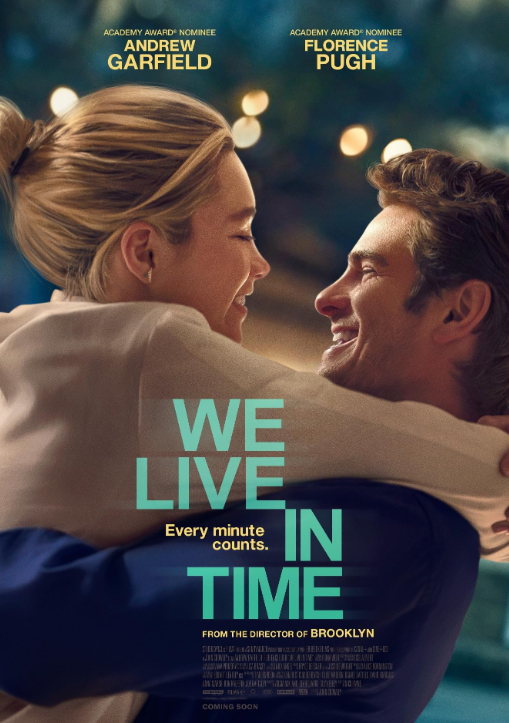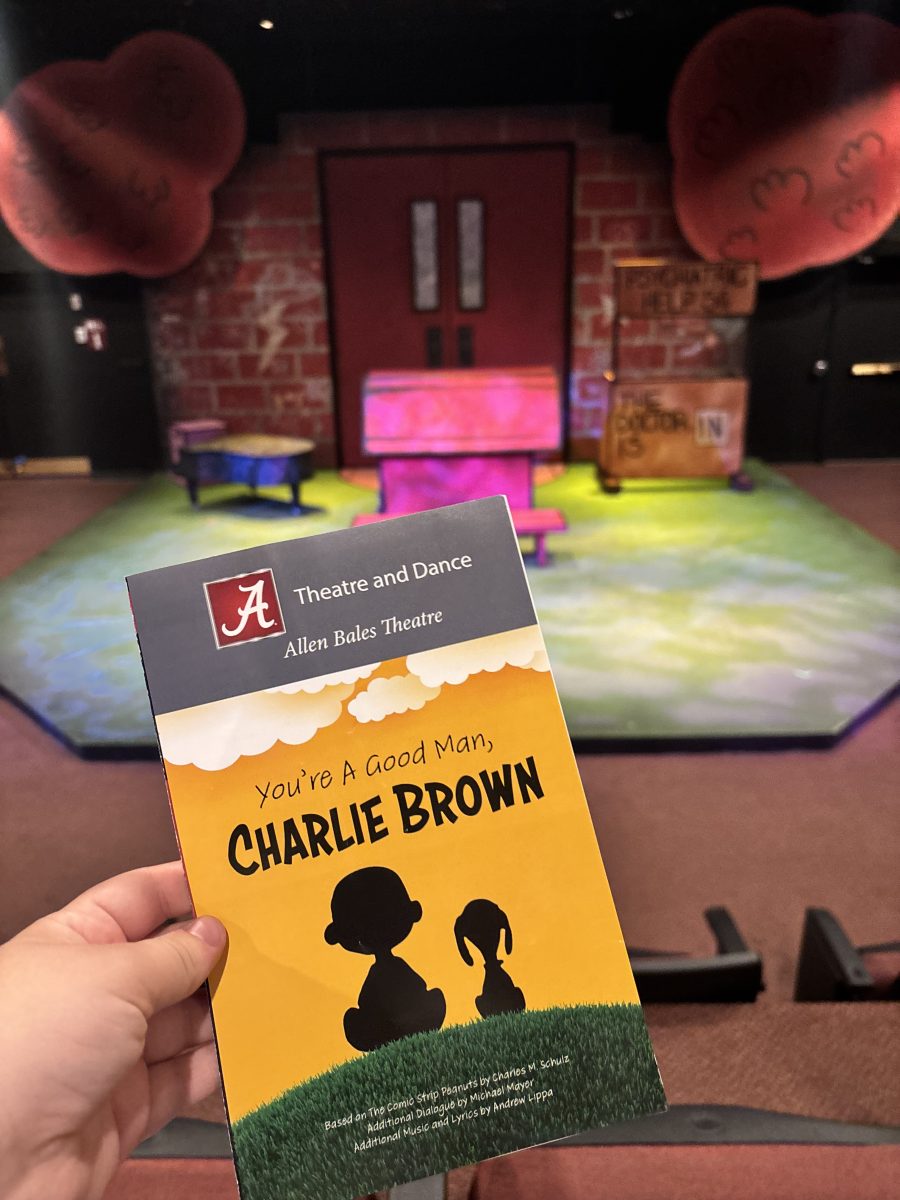In every movie, there are two major parties – the actors who bring the film to life and the director who brings everything full circle. Recently, however, there has been a growing trend of actors pulling double duty as star and director, and more often than not the results have been pretty stellar.
This trend has been around since the early days of cinema. Icons such as Charlie Chaplin, Laurence Olivier and Orson Welles gave their all both on and off screen, and the results are commonly heard among the ranks of all-time greats. Several of films considered the best of all time – including Chaplin’s “City Lights” and Welles’ “Citizen Kane” – had their lead actors in the director’s chair and the experience they had shows. From Welles’ dramas to the comedies of Mel Brooks (“The Producers,” “Young Frankenstein”), from the musicals of Gene Kelly (“Singin’ in the Rain,” “On the Town”) to the Monty Python duo of Terry Gilliam and Terry Jones, several classics have come from the actors who brought them to life on the big screen.
Later in the 20th century, two actors-turned-directors still working today began their rise to stardom: Woody Allen and Clint Eastwood. Allen’s “Annie Hall” – which he co-wrote, directed and played the male lead – is regarded by many to be one of the best comedies ever made, while Eastwood’s early directing career brought iconic Westerns such as “High Plains Drifter” and “The Outlaw Josey Wales.” Both men are still active today and have garnered their fair share of awards. Allen has four Oscars, including a directing Oscar for “Annie Hall” and most recently an Original Screenplay win for “Midnight in Paris,” while Eastwood has two directing Oscars for “Unforgiven” and “Million Dollar Baby” and acclaimed dramas “Invictus” and “Mystic River” also among his directorial efforts.
In recent years, big-name stars have made their debuts behind the camera with great success. Ben Affleck made the kidnapping drama “Gone Baby Gone” in 2007 and has since delivered tense thrillers “The Town” and the 2012 Best Picture winner, “Argo.” Although his latest, “The Monuments Men,” has received a lukewarm reception critically and commercially, George Clooney has a Best Director Oscar nomination for the newsroom drama “Good Night, and Good Luck” and united a stellar ensemble in the 2011 political thriller “The Ides of March.” Actors such as Drew Barrymore, Jodie Foster, Ron Howard and Mel Gibson have taken to directing as their acting careers begin to wind down and actors such as Sean Penn (“Into the Wild”) and Ben Stiller (“The Secret Life of Walter Mitty”) have brought their own artistic visions to the big screen.
The list of participants goes on, but the actor-director transition leaves a significant conclusion: more often than not, actors’ turns in the director’s chair are favorably received and among the best movies of their release year. Maybe it’s the approach they bring to their acting roles, or that their directorial efforts are the projects they’ve always wanted to make, or they’re just the right fit. Whatever it is, there’s a mark that an actor-director leaves on the films they make, like Affleck’s grittiness in “The Town” or Kenneth Branagh’s elevation of “Thor” to an epic-like scale.
This trend is one that will only grow in the future and eventually some of today’s big-name stars may be responsible for bringing modern classics to life. With the debuts of Elizabeth Banks’ “Pitch Perfect 2,” Jason Bateman’s “Bad Words,” Ryan Gosling’s “How to Catch a Monster” and Scarlett Johansson’s “Summer Crossing” coming to theaters soon, several of today’s big on-screen stars may make the transition to behind the camera and produce a winner.








